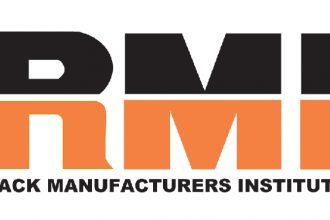Relocating Pallet Rack To A New Facility? Read This First, Part 1
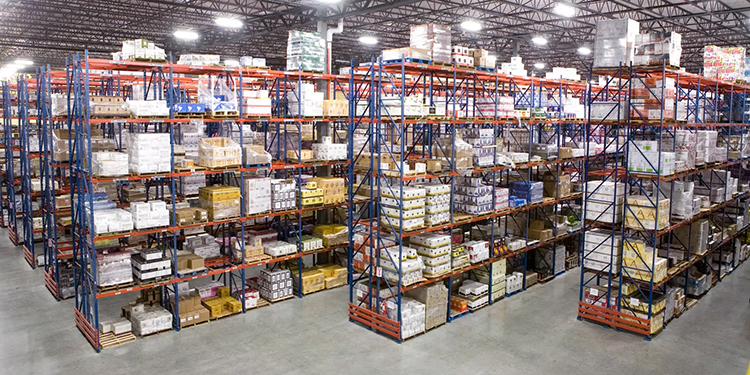
Because storage racks are comprised of beams and uprights that can be reconfigured — and because each system represents a significant investment — free-standing pallet racks appear easy to relocate. That is, if an operation is moving from one address to another, relocating the pallet rack to a new facility should just be a matter of taking it down, transporting it, and setting it back up, right?
In actuality, there are several important considerations that a rack owner should mull over prior to relocating pallet rack, said Carlos Oliver, President of Frazier Industrial Company. Frazier is a member of the Rack Manufacturers Institute (RMI), which promotes the safe design and use of storage racks and related structural systems.
“Before even thinking about moving an existing pallet rack system, there are several steps a rack owner should take to verify the safety of a rack system installed in a new location,” he said. “There are a variety of factors to assess that impact the stability and integrity of the structure. Further, building and fire codes require racking to be treated as a structure that must be inspected and approved by the local jurisdiction.”
This post, the first of two parts, explores the most common requirements to consider before relocating pallet rack.
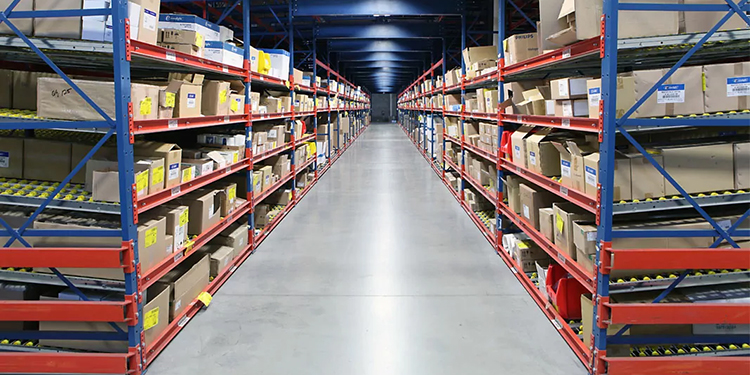
Building Codes
Whether disassembling and reinstalling a pallet rack system in a different part of the same town or in a completely different zip code, it’s important to first reach out to the local building and planning authority. The state, county, or municipality with jurisdiction over that area will have a base code standard governing the safe design and construction of building structures. This includes pallet rack.
Most jurisdictions in the U.S. have adopted the International Code Council’s International Building Code (IBC). This code references RMI’s ANSI MHI16.1: Design, Testing, and Utilization of Industrial Storage Racks. Therefore, pallet rack is part of every area’s building code requirements.
“Some locations will require a review of the system’s design drawings, as well as a permit,” Oliver explained. “If the operation no longer has a copy of the original Load Application and Rack Configuration (LARC) drawings, the owner needs to call the original rack manufacturer.”
The rack manufacturer can help to verify that the existing rack’s design will meet the parameters required by the new location’s jurisdiction. It can also provide updated stamped drawings verifying that the reassembled rack will comply with the building code in use.
Companies that fail to inform their local government agency of their pallet rack relocation plans risk citations, fines, or worse.
“Some jurisdictions might require the rack to be removed,” cautioned Oliver. “Others may require the elimination of a level of storage to prevent an overloading situation. Regardless, it’s better to work with the jurisdictional authorities at the outset to make sure everything complies.”
Seismic Activity
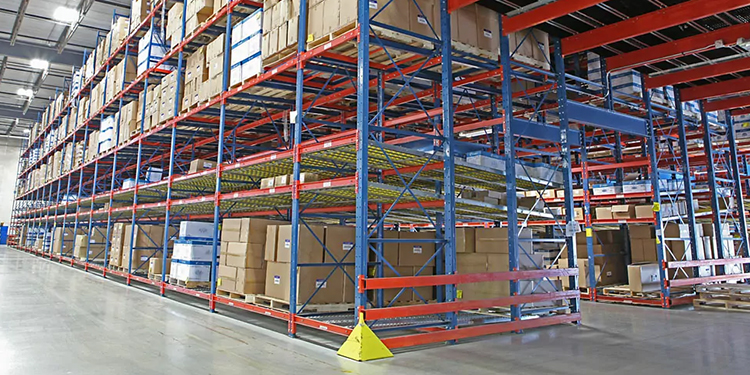
RMI and the IBC both specify that all pallet rack systems can safely withstand seismic activity. Seismic requirements vary based on the rack installation’s geographic location. Areas with an increased likelihood of earthquakes have more stringent design standards than those without, Oliver noted.
“If the new location is within a different seismic zone, then the rack owner must verify with the original rack manufacturer that the rack is structurally capable of withstanding all loading criteria,” he said. A seismic force review and seismic calculations performed in accordance with ANSI MHI16.1, section 7.4: Earthquake Loads, will help verify this.
Fire Suppression
Updates to fire codes occur continuously. The majority of jurisdictions follow guidelines for fire sprinkler design and building codes from the National Fire Protection Association (NFPA), the International Code Council’s International Fire Code (IFC), and FM Global. Additionally, insurance companies have their own requirements for fire suppression systems.
While most new warehouses built today include early-suppression/fast-response (ESFR) overhead sprinkler systems, it’s important to verify the adequacy of the fire suppression system before relocating the pallet rack. Therefore, it is critical to contact the local governing agency and the company’s insurance provider to understand the building egress, fire suppression, and flue space requirements.
The rack owner will need to share a variety of details with both insurer and municipality about the system and handled inventory. These include:
- The type of commodities stored.
- The type of rack system used.
- The planned width of the aisles.
- The maximum height of the rack structure.
- The fire suppression system in the new location.
Sprinkler System Upgrades
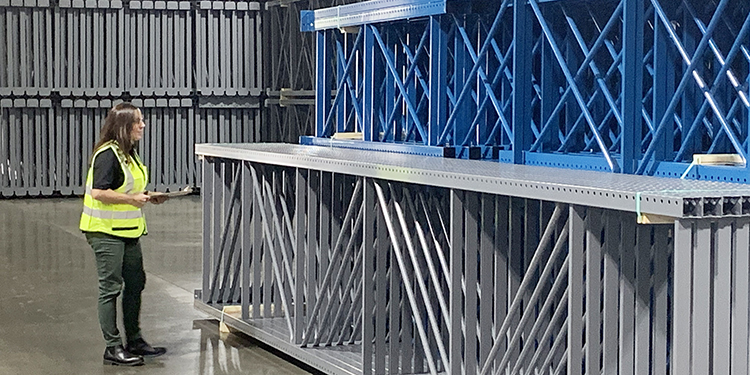
Depending on these details, an upgrade to the existing sprinkler system may be needed to satisfy the insurer and local fire department, said Oliver.
“Or it may be necessary to integrate fire suppression systems into the racks,” Oliver said. “If this is the case, it’s important to work with the original rack manufacturer. They can provide guidance about how to best accommodate water lines and sprinkler heads within the rack. Their input ensures enough space to avoid impacting the sprinklers or the piping when loading and unloading pallets of products.”
For freezer operations, installing sprinkler lines can be even more challenging, he added. “Freezer buildings require dry sprinkler lines so that water doesn’t freeze in the pipes. The lines have to be sloped in order to allow a discharged line to drain all the water.”
Similar to sprinkler systems in ambient facilities, it’s important to position the lines and sprinkler heads in a freezer so a forklift placing or removing pallets from the racking doesn’t hit them accidentally, continued Oliver.
Need More Help?
Oliver encouraged companies considering relocating pallet rack to contact the original rack manufacturer or the distributor they purchased the rack from first.
“The building and fire code issues can be complex. Working with the rack’s manufacturer or another member of RMI can help make the process easier,” he concluded.
Thinking Of Relocating Your Current Pallet Rack To A New Location?
For more information about how to do it safely, visit RMI’s website. And stay tuned for the second post on this topic, which examines additional considerations including slab capacity, inventory changes, and more.


